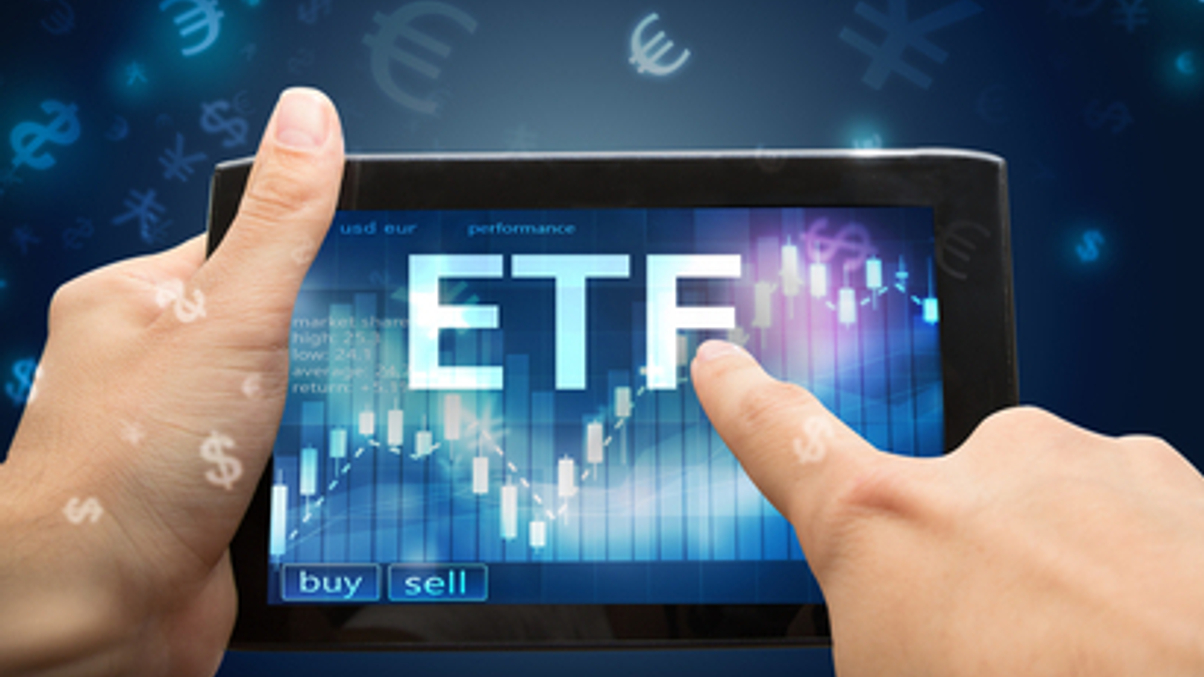Market Views: How will ETF Connect impact investors?
ETF Connect, expected later this year, will allow Chinese and international investors to trade ETFs via Hong Kong. We asked four experts about the likely impact of the programme.

With the ETF Connect expected to kick off by the end of 2018, Chinese investors are set to gain ready access to international exchange-traded funds (ETFs) listed in Hong Kong — while international investors will gain access to Chinese ETFs listed in Shanghai and Shenzhen.
Sign in to read on!
Registered users get 2 free articles in 30 days.
Subscribers have full unlimited access to AsianInvestor
Not signed up? New users get 2 free articles per month, plus a 7-day unlimited free trial.
¬ Haymarket Media Limited. All rights reserved.


